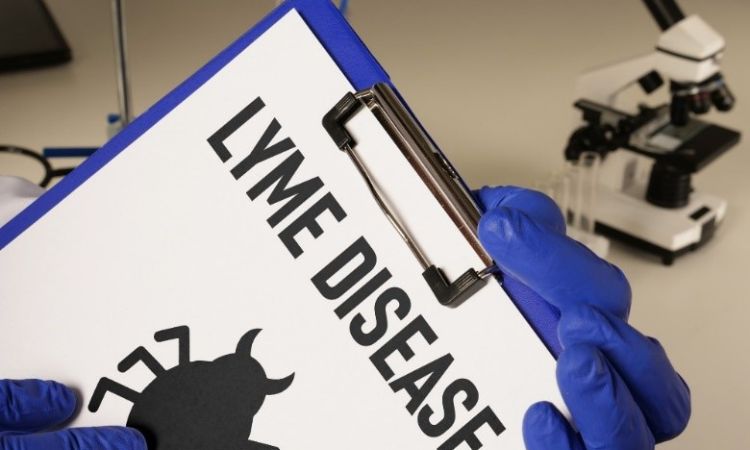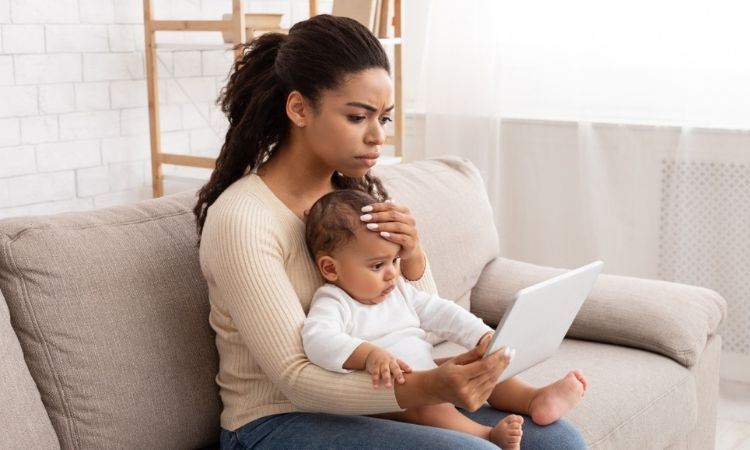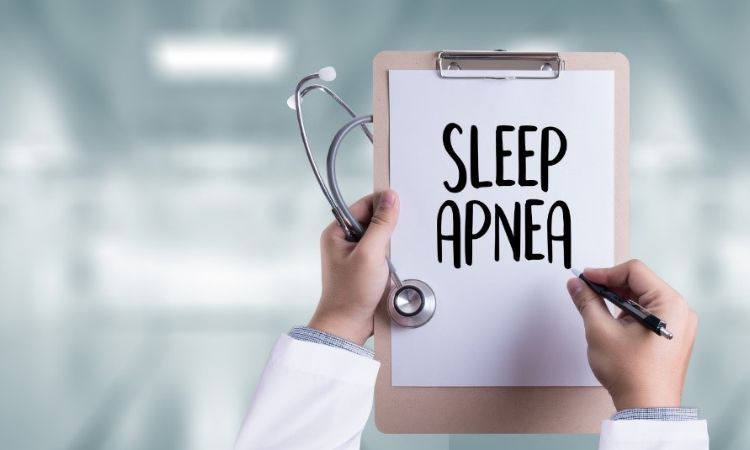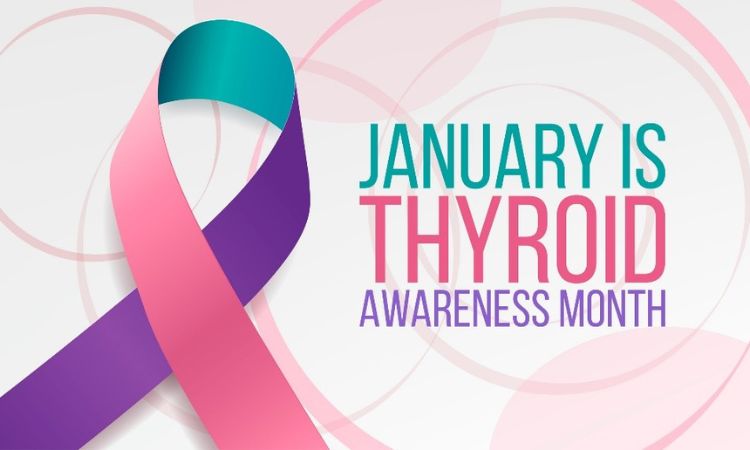Why School-Based Health Centers are Important to Children’s Health


Children’s health and education go hand in hand. If children are bothered by poor vision, untreated asthma, or anxiety and depression, they won’t be able to reach their full potential in the classroom. In the United States, millions of children and adolescents—especially those of color and those who live in underserved communities— face the reality of going to school with physical and mental health concerns that threaten their well-being and educational performance.
Health Care Accessibility Affects Children’s Health
Due to lack of access to community health care services, concerns about confidentiality, and inconvenience, adolescents in underserved communities are often not engaged in the health care system or in control of their health care. Research has shown that young people with poorly managed health care needs are more likely to be chronically absent from school, experience suspension, and drop out.
According to Healthy People 2020, students who drop out of high school may experience poor health and premature death and they also more frequently report suffering from at least one chronic health condition—for example, asthma, diabetes, heart disease, high blood pressure, and stroke, hepatitis, or stomach ulcers—than graduate.
When children’s health care needs aren’t met, chronic conditions develop, overuse of the hospital emergency room occurs, and the financial impact ultimately burdens the community health care system and the individual.

Why School-Based Health Centers?
School Based Health Centers (SBHCs) in under-served communities have been shown to improve not only students’ health, but also their academic performance.
SBHCs address medical and mental health problems directly by adding an onsite health center and making getting the care students need as simple as walking to the other side of the building. SBHCs assist students and their families in overcoming access barriers, such as costs, transportation, time, and lack of continuity of care.
The Impact of SBHCs on Children’s Health
With an onsite health center in the school building, positive health outcomes include the following:
- Delivery of vaccinations and other recommended preventive services
- Contraceptive use among sexually active youth
- Diagnosis and treatment of common youth behavioral health issues, such as stress, depression and anxiety
The educational outcomes as a result of SBHCs include:
- Improved school performance
- Increased grade point average and test scores
- A decrease in school absences, dropout rates, disciplinary problems and other academic outcomes

SBHCs are a Valuable Health Resource
To conclude, SBHCs are valuable resources in meeting the medical and mental health needs of children and adolescents. Their location in schools makes them a convenient source of health care services for students. SBHCs are important in the communities we serve and increase access to comprehensive primary and preventive health care and to improve the health status of the community, especially for the underserved and vulnerable.








